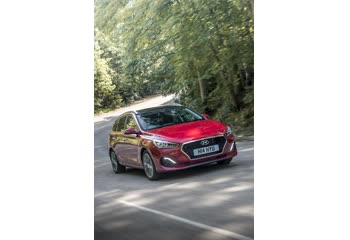Everything you need to know about specifications and performance - Hyundai i30 2024 - 1.0 T-GDI (100 Hp) DCT

Overview:
What is the engine capacity of a Hyundai i30 2024?
The engine capacity of the Hyundai i30 2024 is 998.
Hyundai i30 2024 How many horsepower?
The engine power of the Hyundai i30 2024 is 100 Hp @ 6000 rpm..
What is the Hyundai i30 2024 engine?
Hyundai i30 2024 engine is G3LE. (Click to see other cars using the same engine)
What is the recommended oil for a Hyundai i30 2024 engine?
The recommended oil for a Hyundai i30 2024 car engine is 0W-20.
What type of camshaft transmission system is used in a Hyundai i30 2024 engine?
chain is used to transmit motion.
General:
Engine:
Performance:
Space:
dimensions:
Powertrain, Suspension and Brakes:
See also

Other generation.
Its production began in 2019 until 2020

Same engine. (G3LE).
Its production began in 2020 until 2022

Same engine. (G3LE).
Its production began in 2020 until Now

Same production year and almost the same engine capacity.
Its production began in 2024 until Now

Write a comment